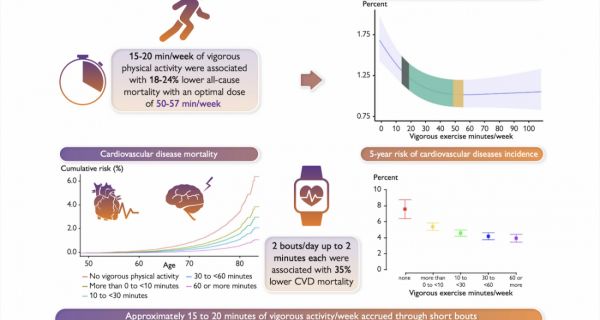How far does plastic pollution go? Study finds plastic particles in human blood.
Results from a recent study at the University of Amsterdam shows that human exposure to plastic particles results in the absorption of particles into the bloodstream

Previous studies have already validated the fact that plastic particles can be found in gut content, sediment, water, and food. The question that we yet need to answer is how exposed are our human bodies to plastic, and if so, does exposure to it result in a risk to our health.
In another set of studies, researchers have been able to find microplastics in feces, in the human colon, and in human placenta.
Up to 6–7% of body weight in humans is composed of blood. Its role is to transport oxygen and nutrients to our organs. The study at hand focused on the measurement of human blood to identify and quantify the mass of five high production volume polymers applied in plastic materials: poly (methyl methacrylate) (PMMA), polypropylene (PP), materials containing polymerized styrene (PS), polyethylene (PE) and polyethylene terephthalate (PET). These polymers are used in a wide range of products that people come into touch with on a regular basis, including textiles and food contact materials. The most popular plastics in the world are PE and PP, which are followed in popularity by PET and styrene-containing polymers including polystyrene, expanded polystyrene (EPS), and acrylonitrile butadiene styrene (ABS).
The study published in Environment International obtained whole blood by venipuncture from 22 anonymized, healthy, non-fasting adult volunteers in the Netherlands. Their results support the hypothesis that human exposure to plastic particles results in the absorption of particles into the bloodstream. This proves that at least some of the plastic particles humans come in contact with can enter the bloodstream when introduced into the body and have an active effect. The study is also able to show that the rate of elimination via the biliary tract, kidney, or transfer to and deposition in organs is slower than the rate of absorption into the blood.
If plastic particles are in fact present in the bloodstream, how can these potentially affect our immune system and our susceptibility to diseases? These questions yet remain to be answered.






































